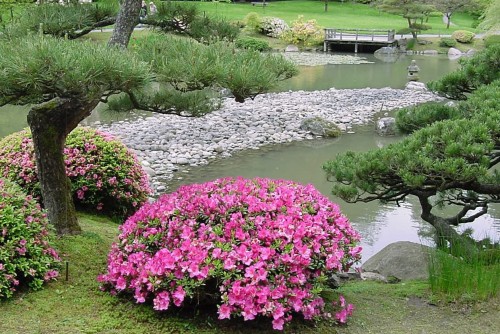
Azaleas Blooming – photo courtesy Arboretum Foundation
Attention to detail is characteristic of the authentic style you’ll experience when touring Seattle’s Japanese Garden. When Juki Iida, the garden’s primary designer, arrived in the United States from Japan, he proceeded to choose 500 massive boulders from their natural mountainous environment, and then personally supervised the placing of the formidable architectural forms that were so essential to the philosophical and artistic underpinnings of the landscaping.
Every month of the year, the Japanese Garden and the Washington Park Arboretum offer unique displays to engage the interest of garden lovers.
The Arboretum’s new Pacific Connections Garden is located at the south end of the Arboretum.
Glorious magnolias and lush conifers harbor large-leaved rhododendrons in an area known as Loderi Valley. The collection of ‘rhodies’ blooms from February into June, while the peak exhibition of magnolias spans March through May.
A witch-hazel blooming in the Witt Winter Garden at the Washington Park Arboretum in January. The Witt garden is especially splendid from November through March. Be sure to tour the Waterfront Trail for up-close views of Marsh Island and Foster Island, with all the flora and fauna that coexist in a marshland habitat.
Designed by the renowned Olmsted Brothers, scions of Frederick Law Olmsted, the city of Seattle’s fine boulevard plan and park system suggest plenty of reasons to explore neighborhoods throughout town. The tranquil landscape of the Arboretum and Japanese Garden play a prominent role among Seattle’s treasure trove of parkland settings.
When planning a visit to Seattle, be sure to visit the Washington Park Arboretum Foundation web site for news and announcements about special events. Near the Graham Visitors Center at the Arboretum, the crabapple, Malus ‘Adirondack’ flowers.
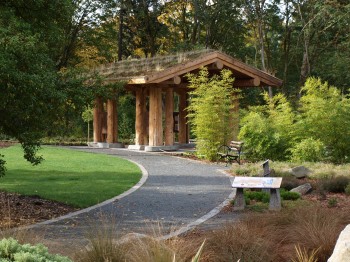
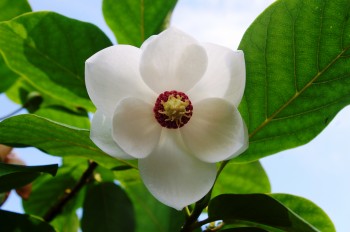
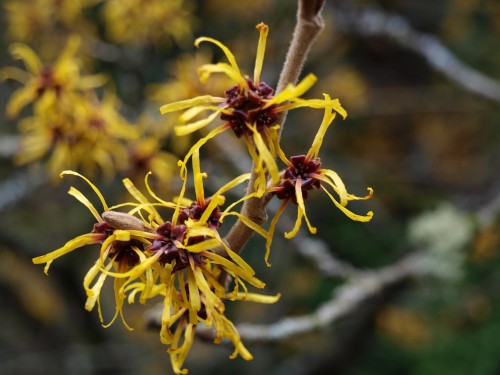
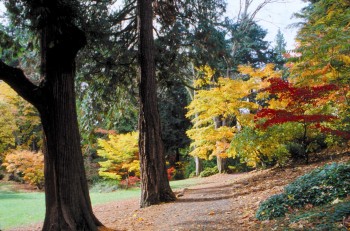
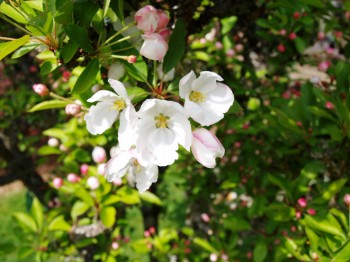
hi Alice, yes its the designer Juki Iida ‘choosing 500 massive boulders’ and placing them in position which is awe-inspiring, to be able to have such a vision for such a large scale…this seems a serene garden….